Evil Dead Rise Has No Idea How Technology Works

Most musicians know that getting their audio pressed onto a vinyl (or shellac) LP is an involved, lengthy, and expensive process. As an active musician myself, I’ve only committed to getting music pressed in this format as part of a group because it takes a lot of resources to transfer audio from a digital audio workstation (DAW) to its final iteration as a record that’s ready to be distributed. Completely ignoring this process, Evil Dead Rise suggests that there must be more demonic forces at play than meets the eye because there’s no way that the priest in this movie could have produced three volumes of the Naturom Demonto given his circumstances.
The Record Player Scene Is Impossible
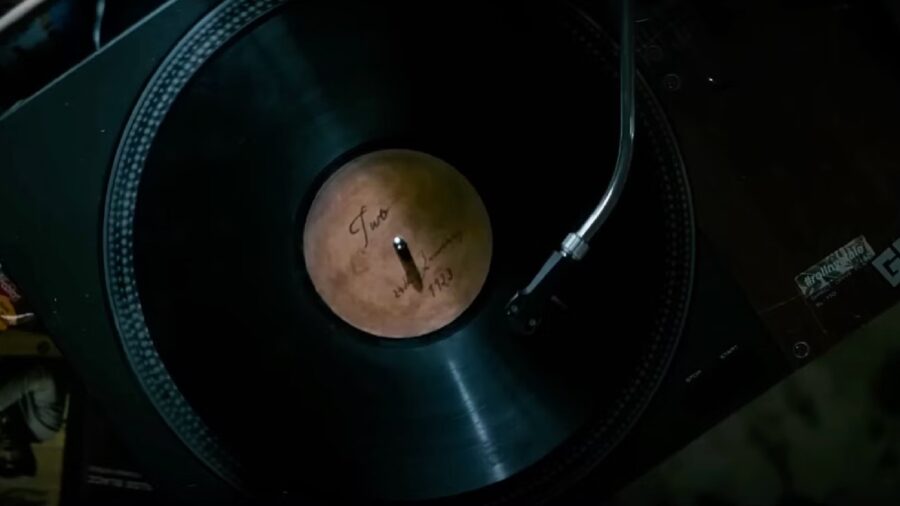
The priest who recorded the records in Evil Dead Rise was probably isolated in a church behind locked doors because he was in hiding after his research went terribly wrong, resulting in the possession of his friends and colleagues. The first record in the volume reveals that the priest was urged by one of his cohorts (voiced by Bruce Campbell) to destroy the Book of the Dead before its curse is unleashed on humanity. Subsequent records tell the viewer and Danny that the priest continued his research in secret, and the rest is history.
Hard To Make Records

The three records discovered in the basement parking garage by Danny (Morgan Davies) in Evil Dead Rise were produced in 1923 and were likely made of shellac instead of polyvinyl because that was the technology most commonly used at the time. In order for a shellac phonograph record to be created, the priest would have had to have access to state-of-the-art analog recording equipment to produce a metal master plate, which would then be pressed to the shellac, checked for quality and rendered into its final form as the volume of records found by Danny.
The Most Impractical Method Possible
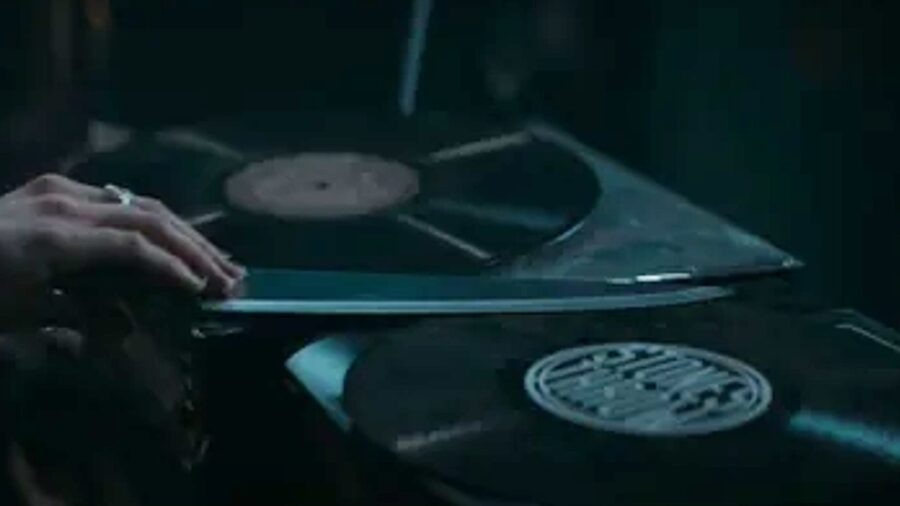
In other words, unless the priest had access to all of those things on the fly and was also accompanied by an audio engineer who just so happened to be hiding with him, I find it hard to believe that this would be the most practical approach to warn the masses about the demons who are already running amok.
Even if the priest in Evil Dead Rise had access to all of the equipment, which I’m arguing that he didn’t, he would then have to somehow get to another facility to package, seal, and bury the records without getting killed.
Burn The Book
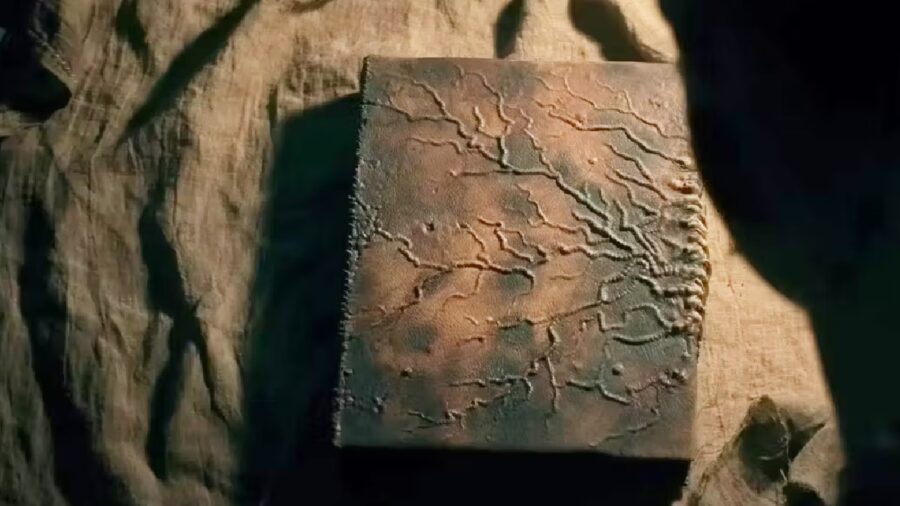
What’s more, if the priest’s end goal was to make sure that the cursed incantations were never uttered aloud again, why would he go through all of that trouble to record them in the first place? Wouldn’t it be better to burn the book and try his best to escape from imminent death?
We Can Buy Demonic Possession

Since Evil Dead Rise belongs to a franchise where you have to suspend a considerable amount of disbelief to enjoy its premise, the records could very well have been produced by unknown outside forces after the incantation was read aloud by the priest, but it’s highly unlikely. As much as I enjoyed this film, the whole haunted record player plot was completely lost.
Adjusting The Timeline Could Make A Difference
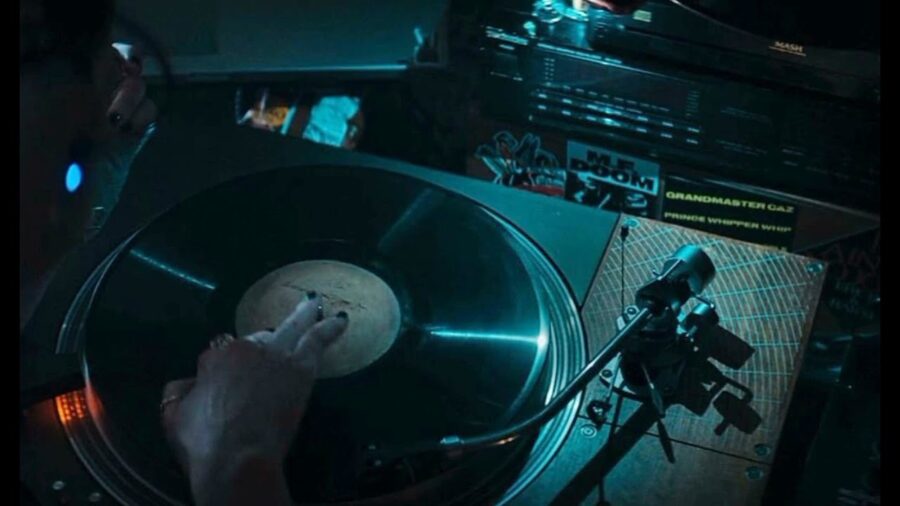
If the records found in Evil Dead Rise were produced in a more modern setting, the premise still wouldn’t be believable by any stretch of the imagination. The last time I checked, the vinyl pressing plants that are available today still take six to 10 weeks to deliver a final product to their customers. A more believable approach that would have squashed this plot hole entirely could have come in the form of reel-to-reel tape because it’s a much more portable and convenient way to capture audio in extenuating circumstances.
However, reel-to-reel tape wasn’t a viable option until the 1940s, so the timeline in question would have to be altered.
Come On, Man!
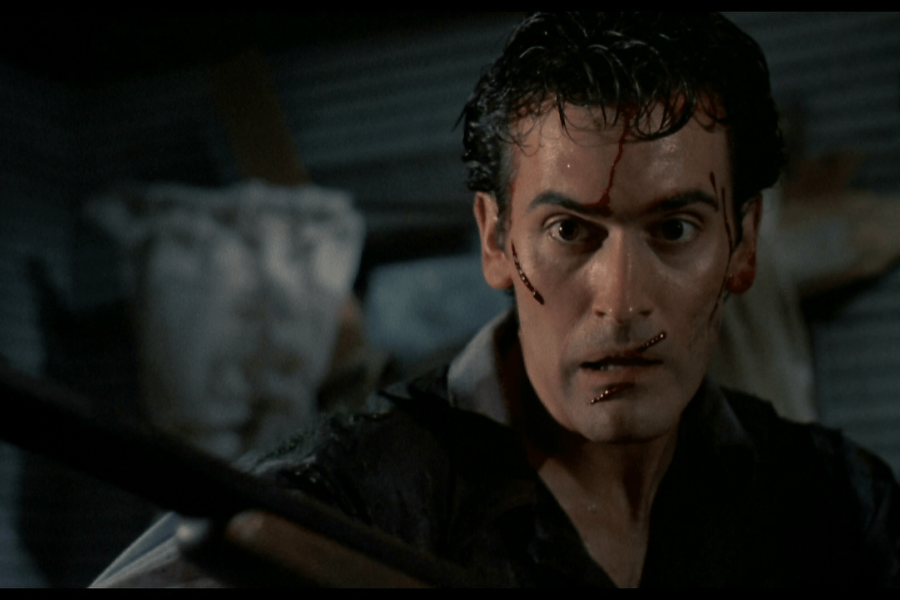
Maybe I’m reading a little too far into a franchise that famously has its subjects violated by possessed tree branches, but somebody had to point this out. I’m willing to sit back and enjoy the mayhem that Evil Dead Rise has to offer, but part of me can’t resist the urge to say, “come on, man!”










